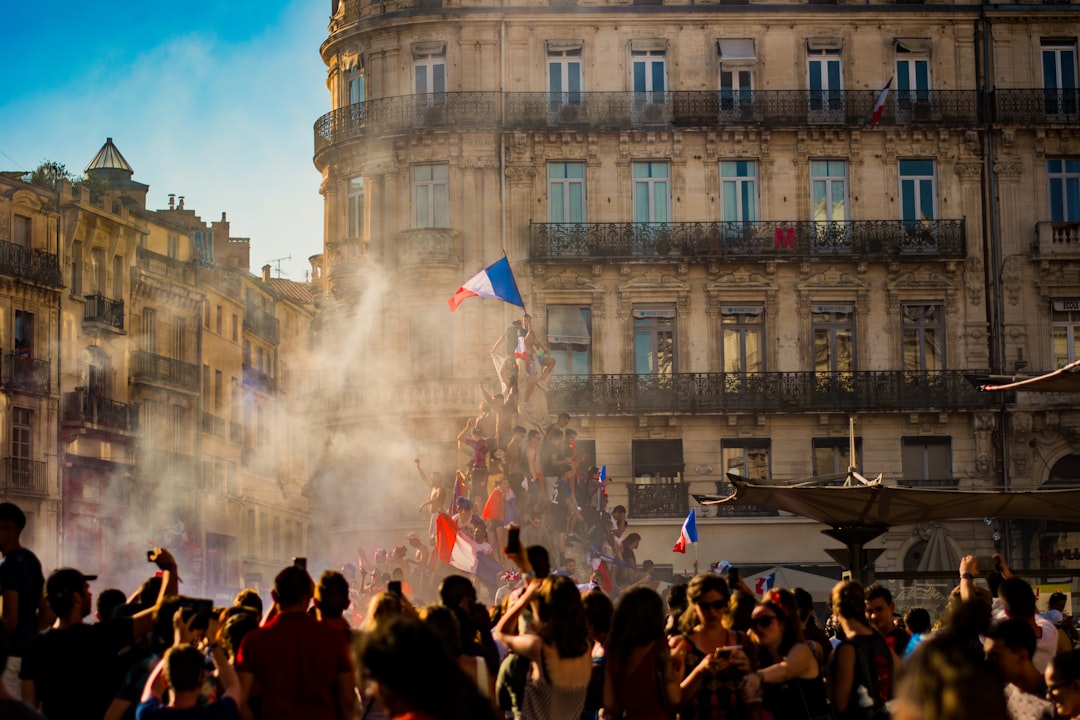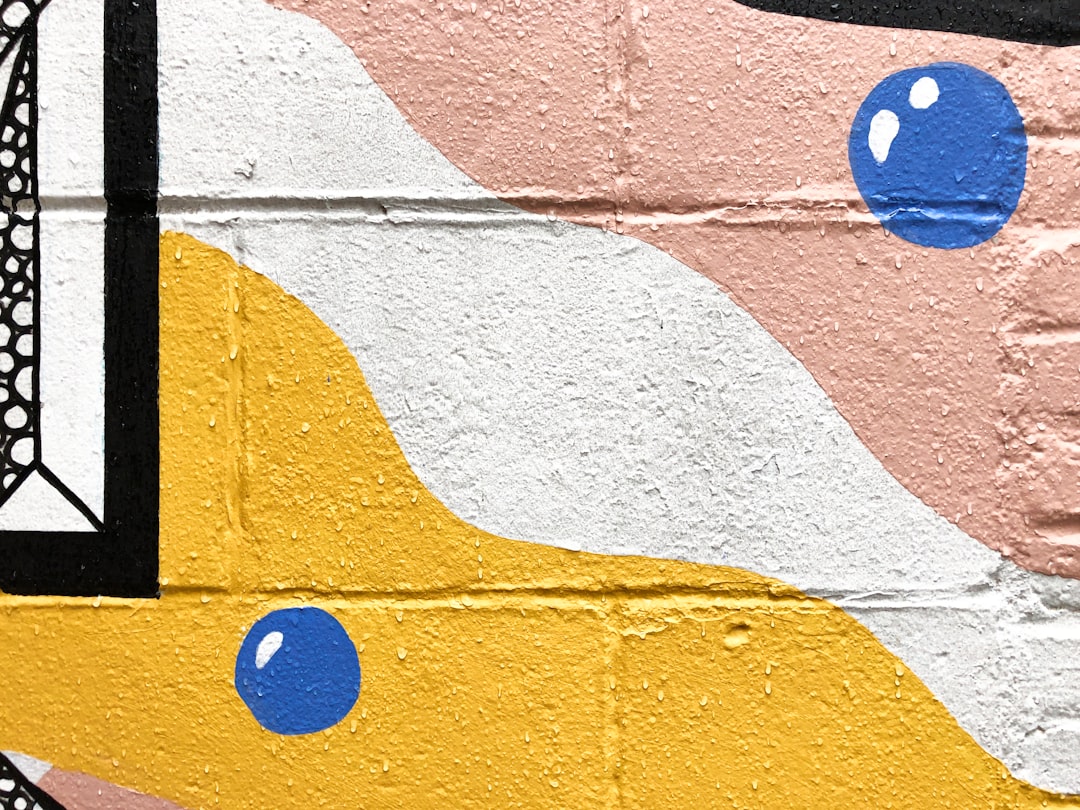What is it about?
What if you could use AI to unravel all the intricate molecular details of chemical reactions, explore distinct reaction pathways, reveal the participation of solvent molecules, and account for entropic effects simultaneously? And what if you applied that to one of the most crucial chemical reactions in life, the synthesis of DNA and RNA? What would this teach us about how these processes could have occurred at the origins of life, without the powerful catalysts that are enzymes?
Featured Image

Photo by Shrinath on Unsplash
Why is it important?
Chemical reactions are rare events in the life of molecules. Observing how molecules react is challenging in experiments; even with a giant microscope, you'd spend most of your time waiting for them to react, and when they do, it happens so quickly that you'd miss it. This is where simulations come into play, but they face two issues. First, tracking reactive events means solving Schrödinger’s equation thousands of times, which is notoriously difficult. Second, even after such a huge computational effort, you’d have only a handful of observations. But statistical physics teaches us that atomistic systems are probabilistic, and you need hundreds of observations to get the correct picture and thermodynamically meaningful quantities. In this work, we use an emerging AI approach to overcome these limitations. In essence, we train a neural network to solve Schrödinger's equation for all possible structures encountered during a given chemical reaction. As always in AI, one key component of this training is data curation, to which we devoted a significant amount of effort. The results? A method that bridges the gap between the worlds of quantum and statistical physics at a modest computational cost (and thus low carbon footprint). The best of both worlds!
Perspectives
There is still a long way to go before these approaches become routinely applied, but we believe that this work paves the way for future exciting developments in the field.
Guillaume STIRNEMANN
Ecole Normale Superieure
Read the Original
This page is a summary of: Prebiotic chemical reactivity in solution with quantum accuracy and microsecond sampling using neural network potentials, Proceedings of the National Academy of Sciences, May 2024, Proceedings of the National Academy of Sciences,
DOI: 10.1073/pnas.2322040121.
You can read the full text:
Contributors
The following have contributed to this page










